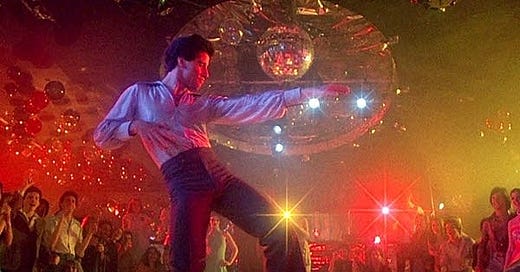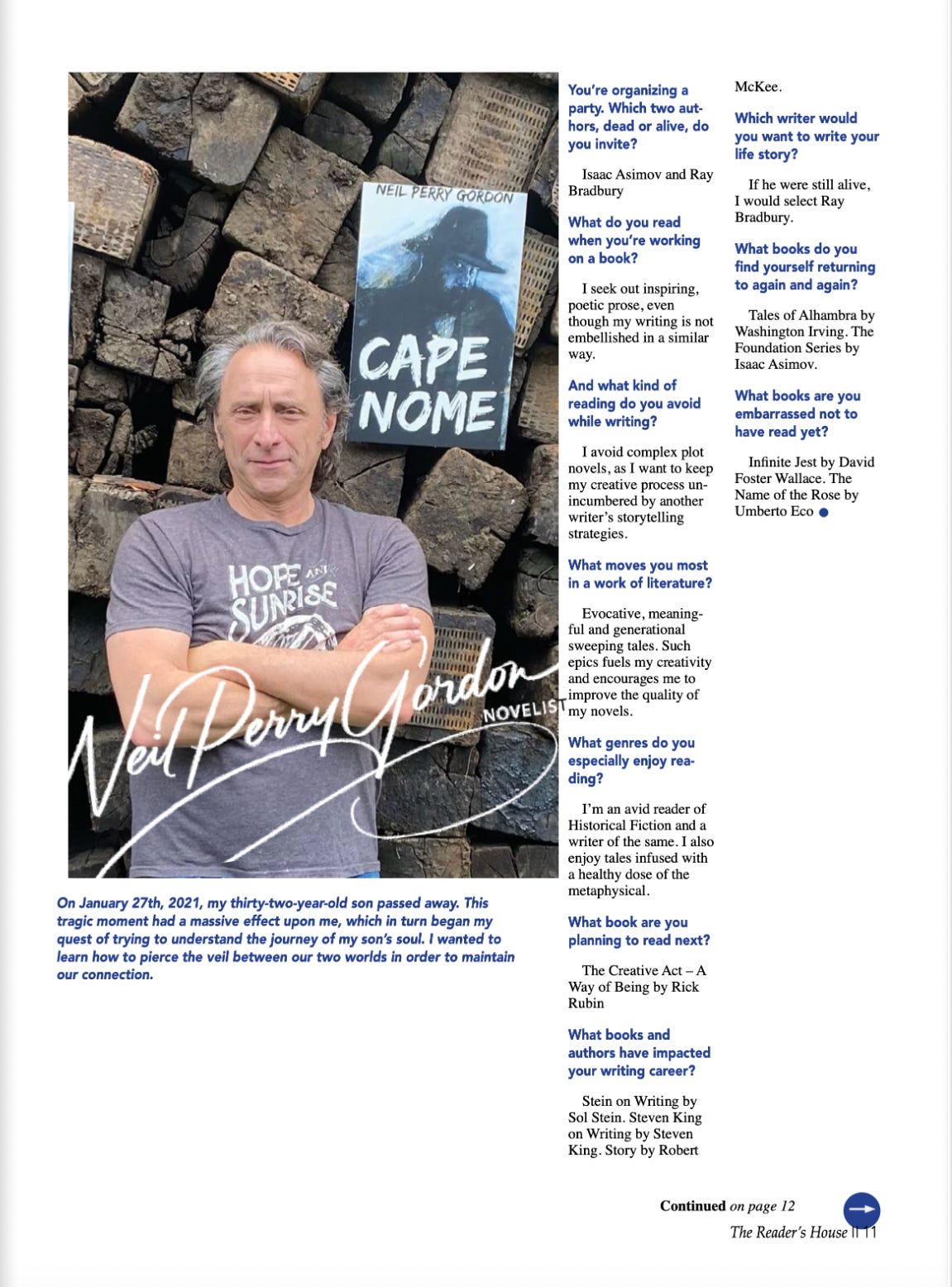At first glance, Saturday Night Fever is a gritty, disco-era time capsule—a film about polyester, dance floors, and the restless energy of youth in 1970s Brooklyn. But beneath the mirrorball shine and the Bee Gees’ falsetto lies a surprisingly metaphysical journey. It is a story of awakening—of a soul groping toward meaning through movement, rhythm, and the longing to rise above a world that seems to offer only ceilings.
Tony Manero: The Seeker
Tony (John Travolta) is more than a swaggering disco king. He is a soul trapped between the mundane and the mystical, a working-class hero whose transcendence does not come through intellect or religion, but through motion. His dance is not performance—it is invocation. In a world that misnames him, ignores him, or demands he conform, Tony discovers his true self only in the liminal space of the dance floor. There, he sheds his body’s burdens, channeling something higher.
This is echoed in the church scene early in the film, when Tony lights a candle not out of devotion, but duty. He is alienated from the religious institutions around him—his priest brother leaves the cloth, and his parents’ superstitions ring hollow. Tony doesn’t find God in pews. He finds it in music. His body becomes the altar.
The Dance Floor as Temple
The 2001 Odyssey disco is more than a club. It’s a sacred space—a cathedral of lights and rhythm where, for a few hours, the soul can leave the drudgery of the outside world behind. Tony’s iconic strut across the Brooklyn streets is physical and metaphysical—a crossing from one realm to another. By night, he becomes his truest self under the shimmering eye of the mirrorball, a modern mandala reflecting infinite versions of being.
The metaphysics here aren’t tied to doctrine, but to experience. It’s no accident that Tony’s movements become more precise, more graceful, the more he distances himself from the toxic masculinity and nihilism of his friends. As he refines his dancing, he begins to refine his soul.
Stephanie: The Catalyst of Consciousness
Enter Stephanie, a woman who has one foot in Tony’s world and one in something bigger. She’s like a lighthouse on the edge of his stormy shore—not without cracks in her glass, but still casting a beam toward wider horizons. She doesn’t indulge Tony’s bravado; she reflects it back, tempered. In her presence, he glimpses the possibility of transcendence—not through fame or escape, but through growth. She challenges him to outgrow the tight skin of Bay Ridge and imagine a self not built on strut and swagger, but on awareness.
Through her, Tony confronts the question that propels many seekers:
What if the life I’ve known isn’t the life I’m meant for?
Their dance partnership is symbolic. To truly dance with another requires surrender, discipline, and mutual presence. It is not just physical alignment—it is metaphysical harmony.
Fallen Friends and the Price of Awakening
Tragedy looms over Saturday Night Fever in the form of Tony’s friends—men who cannot or will not evolve. Bobby C’s death is not just a plot point; it is a metaphysical rupture. His fall from the Verrazzano-Narrows Bridge, a literal and symbolic descent, reminds us that not all souls rise. Some fall beneath the weight of expectation, shame, or fear.
Tony’s anguish at Bobby’s death becomes the crucible in which his transformation is forged. He walks away from the club, from the accolades, from the illusions. In the film’s final moments, as he crosses into Manhattan to meet Stephanie, he is no longer strutting. He is becoming.
Conclusion: Disco as Dharma
Saturday Night Fever suggests that the soul’s journey can begin anywhere—even under strobe lights and a thumping bassline. Tony Manero’s path is a spiritual one, even if no one names it as such. It is a story about embodiment, transformation, and the longing to touch something eternal in a world of fleeting moments.
Underneath the glamour and grit lies the film’s deepest truth: sometimes, it is not through escaping our bodies that we awaken, but through fully inhabiting them. And when the body becomes a vessel for grace, even the most earthbound among us may glimpse the divine—if only for the length of a song.
I’m delighted to share a past issue of The Reader’s House, where I have the distinct honor of being a featured cover story. It’s a privilege to be included alongside such a vibrant collection of literary voices—writers whose insights, passions, and perspectives illuminate the pages of this remarkable publication.
In my exclusive interview, I delve into the creative process behind my novels—stories that weave together threads of historical fiction and metaphysical inquiry. I’ve long believed that fiction offers us a lens not just into the past, but into deeper truths that lie beneath the surface of our everyday lives.
I’m grateful to The Reader’s House for this opportunity to connect with readers and to reflect on the journey that has brought me here. Whether you’re a longtime follower of my work or discovering it for the first time, I hope the conversation offers something meaningful to you.
Happy reading,
Neil Perry Gordon










